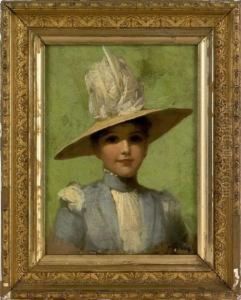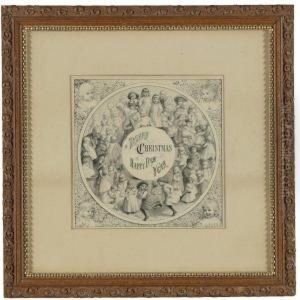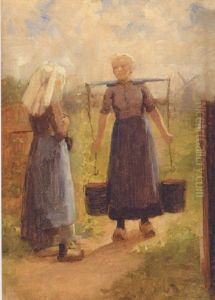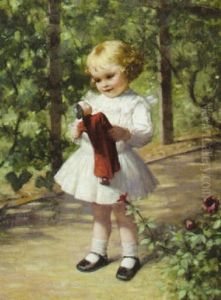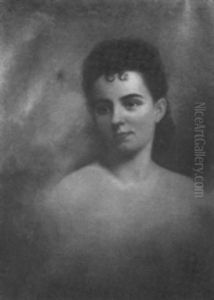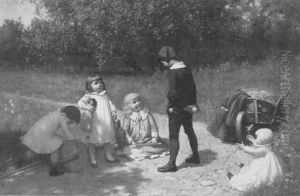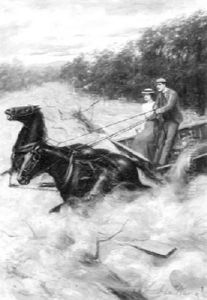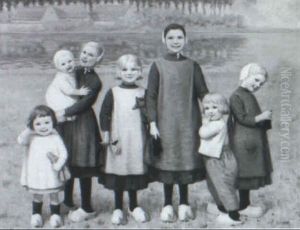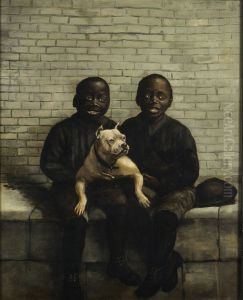Ida Waugh Paintings
Ida Waugh was an American artist and illustrator, born in 1846 and passing away in 1919. Her life and career were significant during a period when female artists were beginning to gain recognition, though they still faced numerous challenges. Waugh was not only a talented painter but also made a considerable impact as an illustrator, particularly in children's books and publications. Her work is characterized by its delicate and detailed portrayal of children and domestic scenes, reflecting the Victorian era's sentiments and aesthetic preferences.
Waugh's education and early career were marked by her studies at the Pennsylvania Academy of the Fine Arts, one of the few art institutions at the time that admitted women. Her involvement in the Philadelphia art scene, a hub for American artists in the 19th century, provided her with opportunities to exhibit her work and connect with other artists. It was during this time that Waugh's style began to develop, showing influences from the prevailing artistic movements of the time, including Impressionism and the Arts and Crafts movement.
Throughout her career, Waugh collaborated with her partner, Amy Ella Blanchard, a writer of children's literature. Together, they produced numerous books that were popular among American families for their wholesome content and charming illustrations. Waugh's illustrations were celebrated for their warmth and the way they captured the innocence and adventure of childhood. Her ability to depict children in a natural and endearing manner made her work beloved by her contemporaries and continues to be appreciated by art historians and collectors today.
Ida Waugh's contributions to art and illustration were part of a broader movement of women's increasing involvement in the professional art world during the late 19th and early 20th centuries. Though not as widely recognized today as some of her peers, Waugh's legacy as a pioneering female artist and illustrator endures. Her work provides insightful perspectives into the cultural and social dynamics of her era, showcasing the sentimental values and domestic ideals cherished by society at the time.
